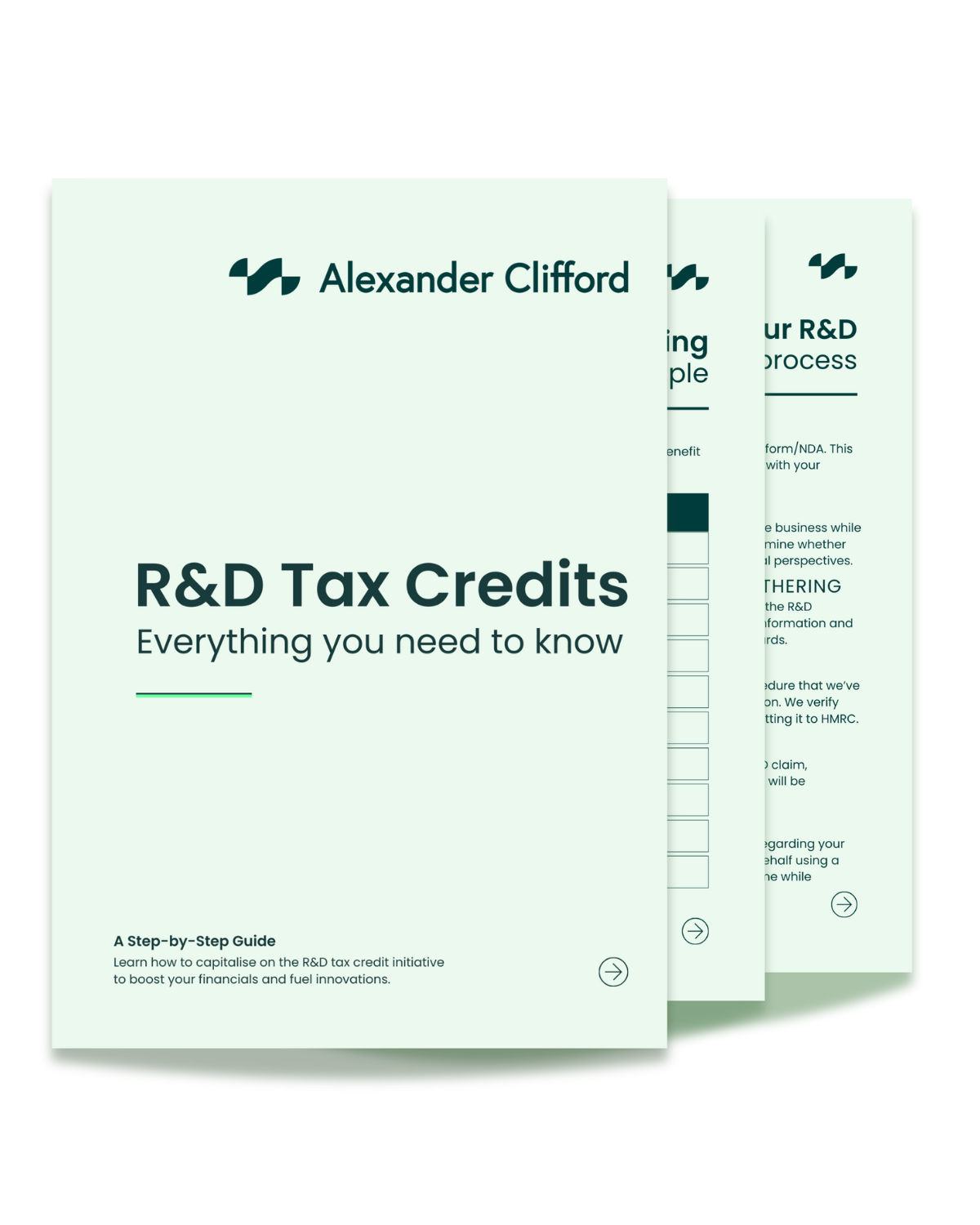Overview
Qualifying at a Glance
There is a huge scope of what qualifies for R&D tax credits in software and IT, so much so that many people miss out on opportunities due to assuming their work won’t be eligible. Perhaps software development is not your main trade or you’ve made an improvement to a system that already exists. This is eligible! Other examples include innovations that involve the following:
- Machine Learning (ML) – Creating algorithms that enable computers to learn and get better at tasks without explicit programming.
- Artificial Intelligence (AI) – Creating machines capable of performing tasks and making decisions that typically require human intelligence.
- Internet of Things (IoT) – The network of interconnected physical devices and objects that can collect and exchange data over the internet.
- Software as a Service (SaaS) – A cloud-based software on a subscription basis without the need for user installations or updates.
- Virtual reality (VR) – An immersive computer-generated 3D simulation for lifelike experiences and interactions.
- Augmented Reality (AR) – An overlaying computer-generated content on the real world to enhance user perception.
- Software development – Developing and maintaining computer programs to meet user needs and solve problems.

You are in a strong position to qualify for R&D claims if you have:
Ask Yourself
- Did you conduct R&D activities to develop new products, processes, or services or to improve existing ones?
- Did the R&D activities involve the resolution of technical uncertainties or challenges that could not be solved by using existing knowledge?
- Did your products or services require extensive trial and testing throughout the creation process?
If you are answering yes, you may qualify to claim back up to 27% of eligible R&D expenditure through HMRC’s R&D Tax Relief Initiative. Contact one of our R&D tax credit specialists to seek further advice on how to proceed with your R&D claim.
The claim process
We understand the complications that can often arise when completing an R&D claim, not to mention the significant amount of time it can consume, diverting your attention from driving your innovation forward. That's why we have streamlined a transparent and hassle-free process that follows a step-by-step approach from start to finish.
Throughout your R&D claim process, we maintain open lines of communication tailored to your preferences. Once we have compiled comprehensive technical and financial reports, we take the responsibility of submitting them and proactively follow up with HMRC, leading the communication on your behalf. Often, our next contact with you brings the exhilarating news of success and positive outcomes.

